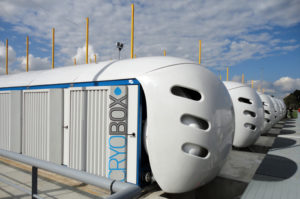President Macri visited the thermoelectric plant fed by Galileo’s LNG Virtual Pipeline
The Argentine President, Mauricio Macri, visited the thermoelectric power plant recently inaugurated by Methax, Grupo Galileo's power station, in Anchoris, province of Mendoza.
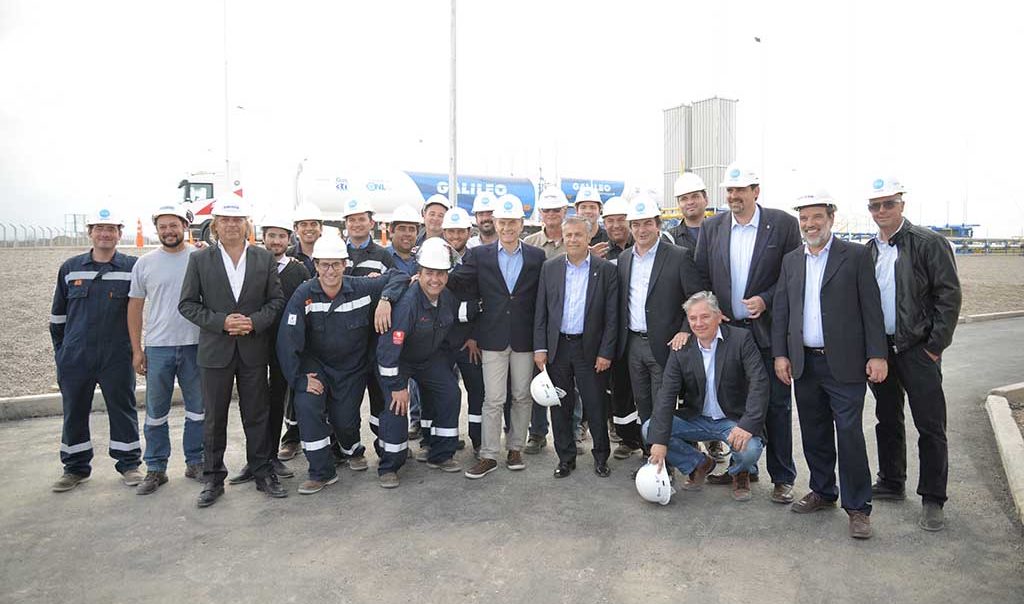
President Macri and Governor Cornejo with Methax and Galileo Technologies workers. Osvaldo del Campo, Grupo Galileo’s President and CEO (third from the left). Horacio Pinasco (second on the right), Minister Martin Kerchner (third on the right) and the Undersecretary Emilio Guiñazú, squatting. Credit: “Prensa de Gobierno de Mendoza” (Mendoza Government Press).
The visit was conducted with the Governor of Mendoza, Alfredo Cornejo, since the new power station is part of EMESA’s (Empresa Mendocina de Energía Sociedad Anónima) infrastructure projects to double Potrerillos’ current generation of 120 megawatts.
Upon their arrival, the authorities were received by Osvaldo del Campo, Grupo Galileo’s President and CEO; the Minister of Economy, Infrastructure and Energy of the province of Mendoza, Martín Kerchner; the Undersecretary of Energy, Emilio Guiñazú; and Methax’s General Manager, Horacio Pinasco.
During his visit, the President insisted on accessing the power station command center, from where the power generation, the wells where gas is liquefied and the LNG Virtual Pipeline are controlled simultaneously.
There, Osvaldo del Campo offered a detailed explanation of every aspect of the operation. Upon Macri’s question about the amount of people who would benefit from these kind of projects, del Campo emphatically stated that “half of the population” of the country could receive gas and energy through the Virtual Pipelines and LNG (Liquefied Natural Gas) Distributed Production.
The businessman explained that isolated communities could receive gas from unconnected wells, where natural gas remains captive or is flared, and even from biogas sources; and these communities could only be supplied by conventional pipelines in the case of state subsidies. Among the main barriers to conventional pipelines expansion, he stressed river crossings and the high cost per kilometer of pipeline when reaching remote or small towns.
Furthermore, del Campo highlighted that this project is a healthy example of a strategic alliance between the public and private sectors. The state established priorities, provided technical advice through EMESA and we applied technology and investment.
Finally, del Campo added that Virtual Pipelines and LNG would also allow the injection of new gas in the main pipelines, connecting disperse sources with infrastructure.
Related news
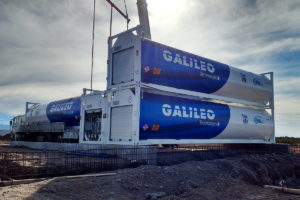
Galileo Technologies to supply LNG from stranded gas wells to power generation
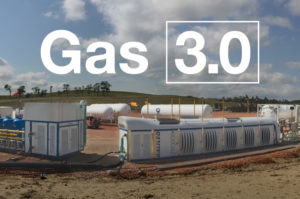
What is Gas 3.0?
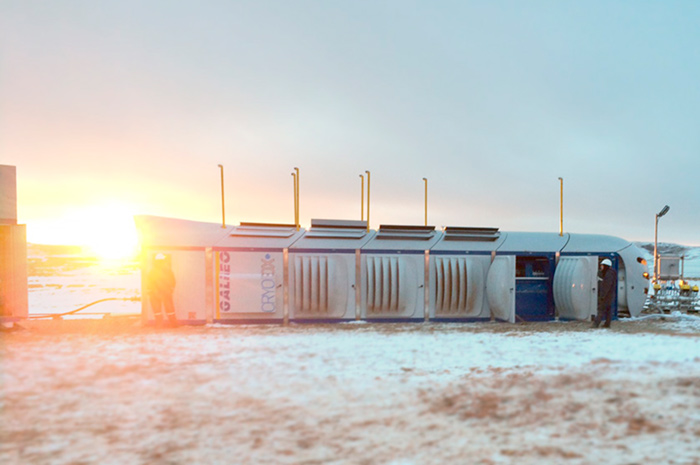
LNG: Galileo introduced an on-site flare reduction solution to Terra Energy at the Bakken Shale region
